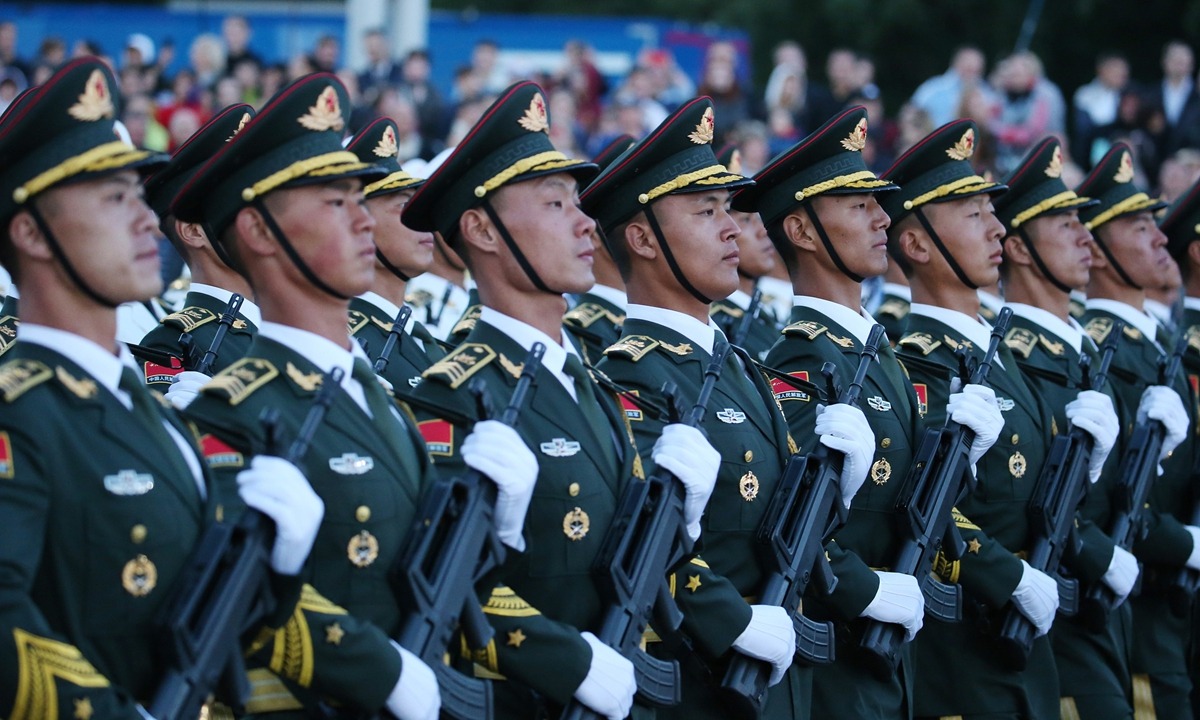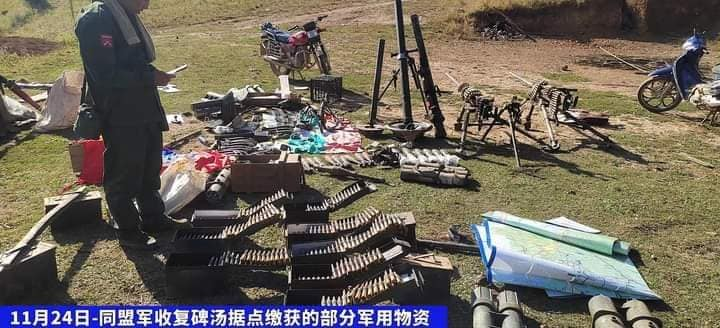China has begun military exercises along its border with Myanmar, with the drills serving as a comprehensive assessment of the nation’s readiness, mobilization speed, border sealing capabilities, and attack prowess.
The military operation, launched on November 25 along the China-Myanmar border, is currently underway with no specified end date.
The Southern Military Command of China, responsible for orchestrating the ongoing drill, has affirmed its perpetual preparedness to address diverse emergencies.
The command aims to steadfastly safeguard national sovereignty, ensure border stability, and protect the lives and property of its citizens, as articulated in an official statement on its WeChat account.
Over the last month, tensions along the border intensified as armed ethnic groups in Myanmar opposed the military junta. This unrest resulted in the seizure of several towns, including a crucial tin trading hub.
In response, China has called for an immediate cessation of hostilities between a rebel faction and Myanmar’s military. Beyond military maneuvers, Beijing is intensifying efforts to combat cross-border cybercrimes from Myanmar.

Since September, northern Myanmar authorities have deported 31,000 suspects in scams tied to China. This includes 63 identified as ringleaders and 1,531 individuals on the wanted list.
The declaration of military drills followed a notable incident a day earlier, where a convoy of trucks carrying goods into Myanmar was engulfed in flames. Myanmar state media described the incident as an insurgent attack.
Myanmar’s military junta spokesman, Zaw Min Tun, clarified that Myanmar had been informed about the drills.
He said that the exercise aimed to maintain stability and peace along the border and stressed that these actions aligned with China’s principle of non-interference in Myanmar’s internal affairs.
In a statement on state-run social media, Zaw Min Tun affirmed the robust military ties between China and Myanmar, characterizing their collaboration as friendly and evolving.
The incident preceding the military drills occurred in the town of Muse, which was marked by a fire that erupted in a convoy. Myanmar’s military, grappling with a coordinated offensive, has lost control of several towns and military outposts.
This development represents the most significant challenge since the military coup of 2021. The intensifying conflict has led to the displacement of over 2 million people in Myanmar, according to the United Nations.
China Urges Myanmar Military To Cooperate On Border Issue
Chinese envoys had engaged in discussions with top officials in Myanmar’s capital and addressed concerns about border stability following signs of strain in their typically stable relations.
In early November, a Chinese official emphasized the need for Myanmar’s military administration to “cooperate” with China to maintain stability along their shared border. This appeal came as resistance groups in northern Shan State, notably the Three Brotherhood Alliance, continued to make gains.
The Three Brotherhood Alliance, comprising the Arakan Army, the Myanmar National Democratic Alliance Army (MNDAA), and the Ta’ang National Liberation Army, initiated a coordinated offensive on October 27.
This offensive has not only disrupted trade with China but also displaced tens of thousands of civilians, some of whom sought refuge in China.
Significantly, the alliance captured nearly a hundred bases and four towns, including the strategically important Chinshwehaw, a key border crossing with China.

China’s call for border stability gained urgency after an artillery shell from the Myanmar military reportedly landed on the Chinese side, resulting in the death of one Chinese citizen and injuries to several others.
The shell’s intended target was Laiza in Kachin State, the headquarters of the Kachin Independence Army, where intense fighting has been ongoing.
The ongoing conflict has not only claimed lives but also hampered progress on the China-Myanmar Economic Corridor (CMEC), a comprehensive infrastructure project aiming to link China’s Yunnan province to the Indian Ocean via road and rail.
Further complicating matters, the MNDAA asserted control over two key Myanmar towns constituting the Lincang-Chinshwehaw-Kunlong Cross-Border Economic Cooperation Zone, a vital component of the CMEC.
In response to these developments, Chinese officials have advocated for calm and dialogue and highlighted the need to restore a minimal level of stability crucial for advancing China’s core strategic goals in the region.
Despite the ongoing unrest, Beijing remains highly interested in rapidly advancing its interests in Myanmar, particularly in securing access to the Indian Ocean through the China-Myanmar Economic Corridor.
- Contact the author at ashishmichel(at)gmail.com
- Follow EurAsian Times on Google News




